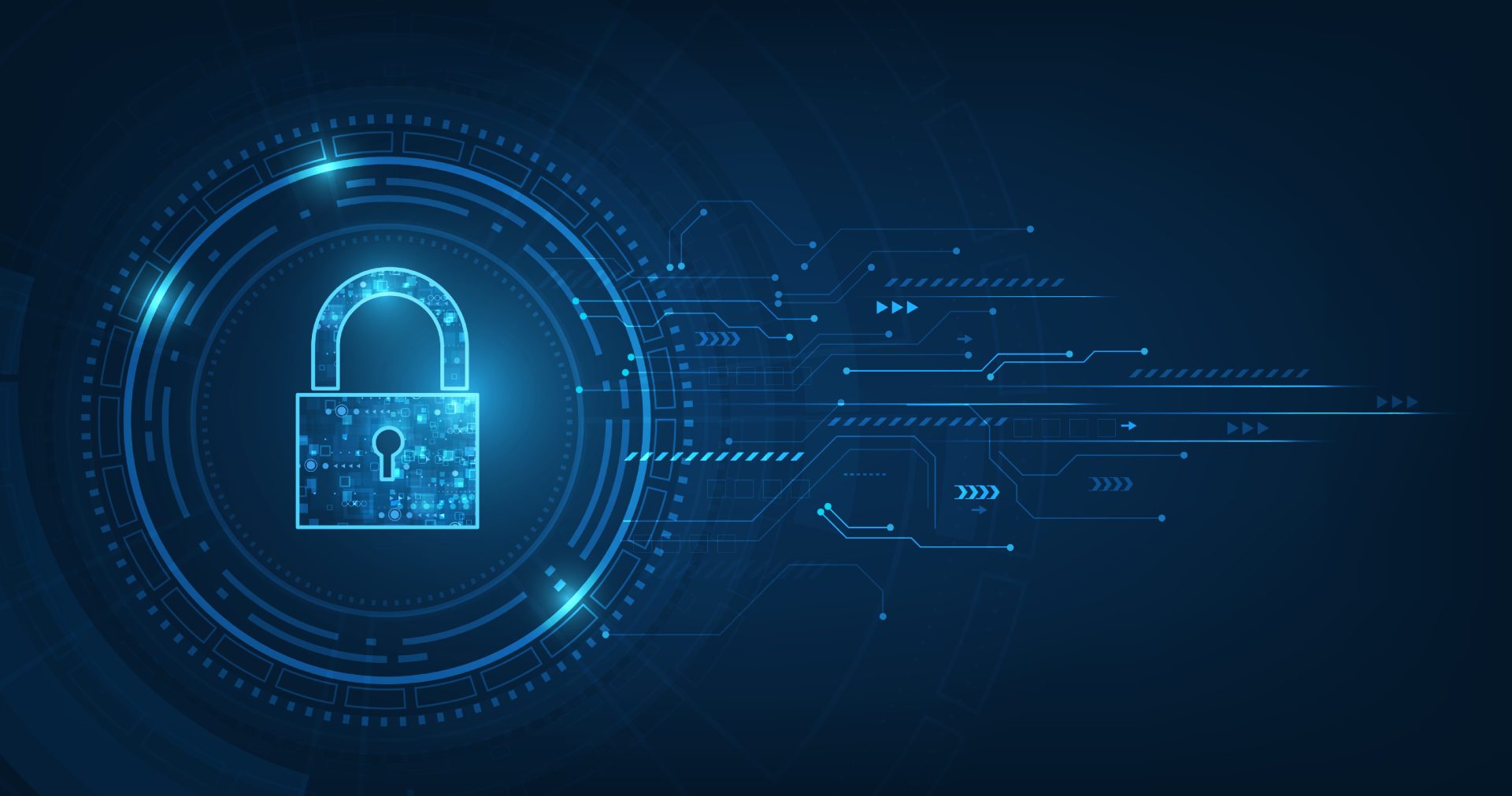Financial institutions are widely considered to have a stronghold on elite cybersecurity skills and technologies of any industry—and for good reason. They face the most sophisticated cyber threat actors who continually grow their capabilities and are rarely held accountable across the global footprint where they operate. Financial institutions are literally defending the front lines of the international economies they serve.
But even the most advanced cyber teams could not have anticipated the fastest expansion of the financial sector’s cyber risk posed by the global pandemic. Within a matter of days, banks’ attack surfaces grew exponentially due to their rapid push to enable work from home for their now widely distributed workforce and the fast pivot to the cloud by the institutions themselves. However, this growing security risk doesn’t just stem from their direct operations; it also extends to financial institutions’ third parties across their supply chain and to those third parties’ supply chains—and so on.
In the new 2020 Future Cyber Threats report, we take a deep dive into the key cyber threat themes that are facing the financial services industry. And as well as following the trends we reported on last year, we’ve introduced a new theme exploring how supply chains introduce increasingly interconnected attack surfaces.
We also revisit how the themes from last year’s report have changed, including updates around the ways emerging technologies, such as deepfakes and 5G, are likely to pose greater challenges into the future.
There are details, too, around the evolution of destructive malware attacks, spurring multiparty and cross-sector targeting, as well as misinformation—which can affect trust in retail and state-owned banks. As ever, credential and identity theft continues to accelerate.
Security leaders may be shouldering the burden of these trouble spots, but they’ve also been given an opportunity to reimagine their strategy and technologies from the ground up. Find out why we think they’re well placed to act as key influencers in helping their organizations to be safe and secure and guide people to adapt to new ways of working that improve security in the long term.
Take a look at the 2020 Future Cyber Threats report for more on the latest cybersecurity risks and mitigation strategies.




